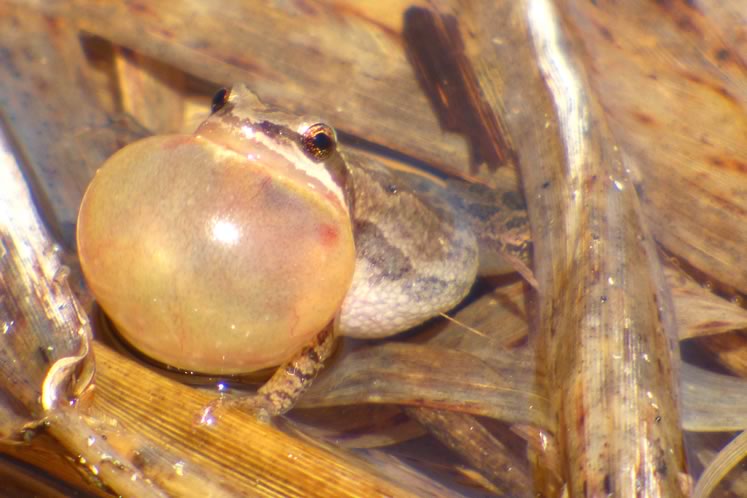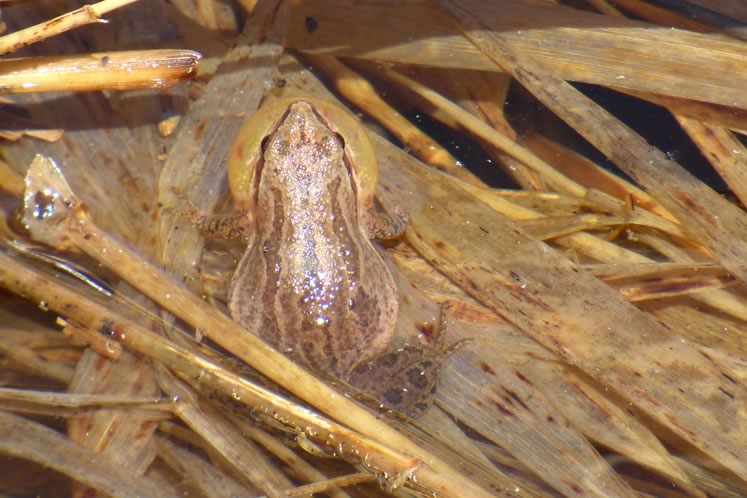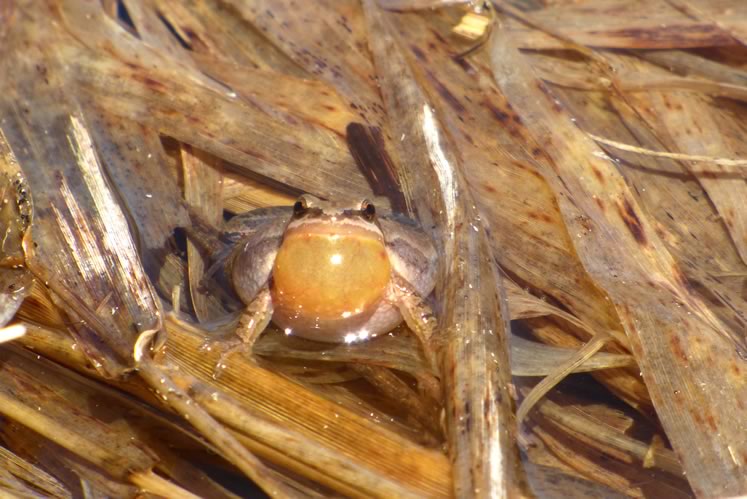Chorus Frogs
Chorus frogs are vulnerable to a who’s who of predators from ground-foraging birds, to shrews, to big spiders to small snakes.
Spring in our hills resounds with frog calls. Most of us know the piping voices of spring peepers. But perhaps not the creaking voices of western chorus frogs, a rarer Headwaters species.
Chorus frogs are even smaller than spring peepers. They can perch comfortably on the ends of index fingers. They are almost certainly the smallest land dwelling vertebrates in Canada. (A few tiny fish may qualify as the smallest vertebrates of all.) Granting them, rather generously, a mass of 5 grams (about that of a nickel), it would take 15,000 chorus frogs to equal the mass of a 75-kilogram human being.
But these tiny frogs have big voices. If our voices were proportionately loud we’d likely break eardrums and shatter windows when we opened our mouths to speak.
It’s those voices that you’ll need to follow if you want to find chorus frogs, and now is the time to listen. They call briefly in early spring – most are finished by the time the trees leaf out. Listen for them in wetlands near shrubby fields and meadows. Shallow, grass-filled water is favoured for breeding.
After their brief spring flings in ponds, chorus frogs essentially disappear. They hop into a twilight world on the meadow floor where grasses, asters and goldenrod tower above them, with crickets, ants and beetles as company.
The frogs’ brown colour helps them meld with their earthy habitat and avoid predation. But, if I’m astonished by the volume of their voices, I’m as astonished that enough of them can avoid being eaten to breed successfully from one year to the next. Chorus frogs are vulnerable to a who’s who of predators from ground-foraging birds, to shrews, to big spiders to small snakes. Each chorus frog in a spring pond is a minor miracle.
So, if you hear chorus frogs this spring, think about the improbability of those big voices coming from such tiny animals, but also give a nod to the frogs themselves – diminutive survivors in a perilous world.
Chorus frogs in the landscape
Chorus frog top view
Related Stories
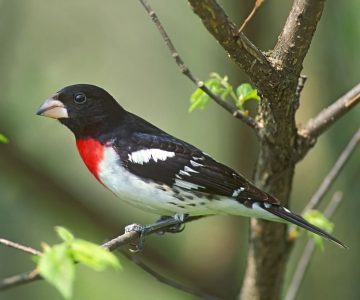
Spring Hikes on The Bruce Trail
Mar 26, 2018 | | EnvironmentAlong the Bruce Trail, spring is the time to slow to a saunter and see, hear and scent nature’s renewal.

Spring’s Croaking Chorus
Mar 23, 2012 | | EnvironmentTen species of frogs and toads share our landscape, a rich assemblage of hopping amphibians for such a northerly clime.
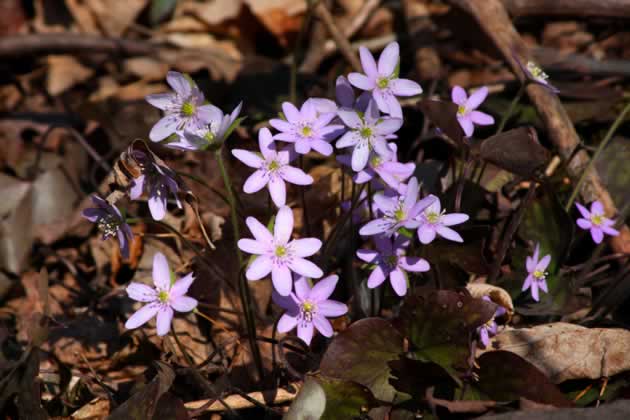
March Madness
Apr 9, 2012 | | BlogsThe next day spring peepers, chorus frogs and wood frogs heralded the early spring from sylvan pools.
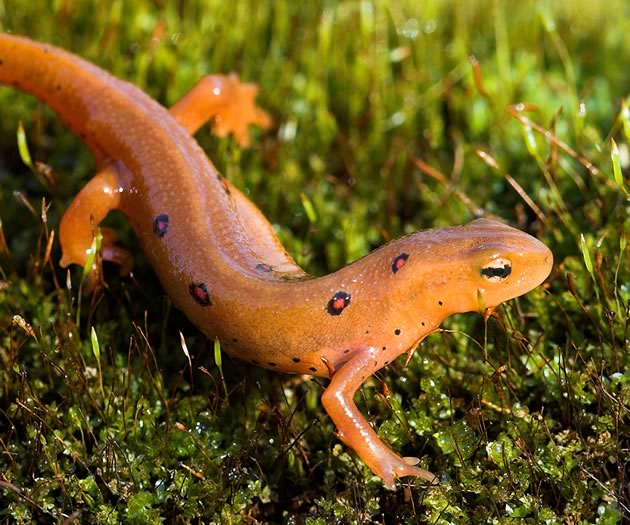
Vernal Pools
Mar 20, 2017 | | EnvironmentThese fleeting spring wetlands are factories of biodiversity. Unusual winters threaten vernal pools, as do hot, dry summers.

